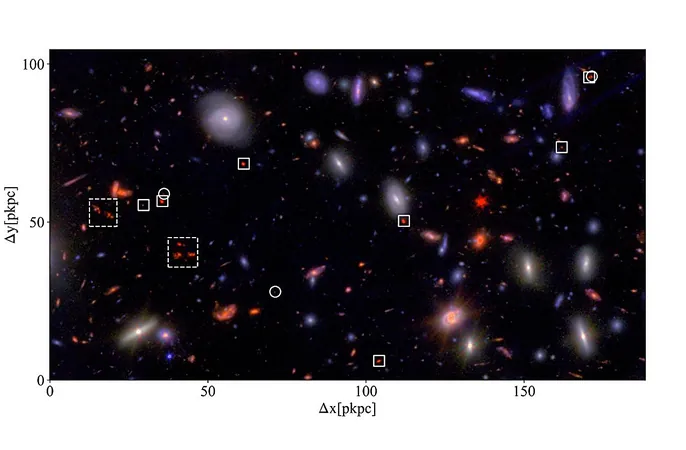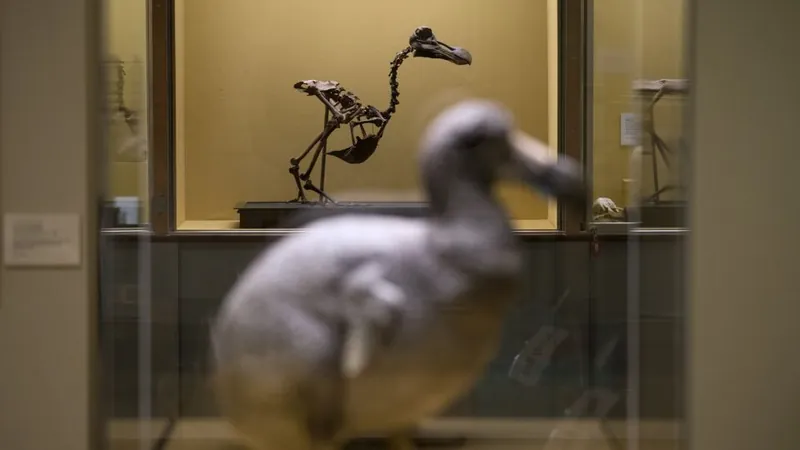
Astronomers Unveil Evolved Core of Distant Galaxy Cluster Using JWST
2025-07-16
Author: William
Revolutionary Findings with the James Webb Space Telescope
An international team of astronomers has made groundbreaking discoveries about a distant galaxy protocluster known as A2744-z7p9OD, thanks to the James Webb Space Telescope (JWST). Recent high-resolution observations, revealed in a study published on July 8, spotlight a remarkably evolved core within this intriguing cosmic structure.
Understanding Galaxy Clusters and Their Importance
Galaxy clusters are massive groupings of hundreds to thousands of galaxies bound by gravity—a key to understanding the universe's evolution. Within these clusters lie protoclusters, thought to be the precursors of their more mature counterparts. These early cosmic environments, identified at significant redshifts (greater than 2.0), offer invaluable insights into the formative stages of the universe.
Meet A2744-PC: A Cosmic Marvel at Redshift 7.88
A2744-z7p9OD, affectionately dubbed A2744-PC, rests at a staggering redshift of 7.88. Prior studies hinted at an evolved galaxy lurking in its core, prompting further investigation by a team led by Callum Witten from the University of Geneva.
New Discoveries and Enhanced Understanding
Using JWST's Near-Infrared Camera (NIRCam), the researchers expanded the population of known galaxies in A2744-PC by detecting seven new members, bringing the total to 23. The study delved deep into the intrinsic properties of these protocluster galaxies, assessing characteristics like the Balmer break and ultraviolet slopes.









 Brasil (PT)
Brasil (PT)
 Canada (EN)
Canada (EN)
 Chile (ES)
Chile (ES)
 Česko (CS)
Česko (CS)
 대한민국 (KO)
대한민국 (KO)
 España (ES)
España (ES)
 France (FR)
France (FR)
 Hong Kong (EN)
Hong Kong (EN)
 Italia (IT)
Italia (IT)
 日本 (JA)
日本 (JA)
 Magyarország (HU)
Magyarország (HU)
 Norge (NO)
Norge (NO)
 Polska (PL)
Polska (PL)
 Schweiz (DE)
Schweiz (DE)
 Singapore (EN)
Singapore (EN)
 Sverige (SV)
Sverige (SV)
 Suomi (FI)
Suomi (FI)
 Türkiye (TR)
Türkiye (TR)
 الإمارات العربية المتحدة (AR)
الإمارات العربية المتحدة (AR)